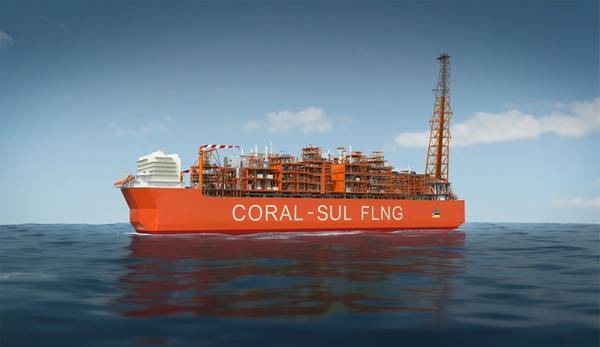Detailed Studies of Kenya’s Oil Pipeline Route To start in a few weeks
The process to build a 891 kilometer 28 inch pipeline from Northern Kenya and Kenya’s Lamu port is set to begin with detailed studies expected to commence in the next few weeks according to Cabinet Secretary in the Ministry of Energy and Petroleum Charles Keter.
According To Keter the pipeline expected to cost $2.1 billion and be complete by 2021 has the capacity to evacuate 300,000 barrels of oil per day although Kenya could decide to build a smaller 24 inch pipeline with the capacity to transport 200,000 barrels of oil daily.
The pipeline will cater for new discoveries in future with a current report showing Kenya could export 80,000 barrels of oil a day from the then 600 million barrels of recoverable resources earlier reported by Tullow Oil. The figure could rise though following a new assessment by the exploration company which has said resources could be up by 25 percent.
Kenya plans to further entice its north western neighbor South Sudan with huge oil reserves to transport some of its oil through its territory amid hostile relations with Sudan its current route.
Keter adds that the country could also upgrade the already existing 20 inch oil pipeline that transport refined products from the port city of Mombasa to Nairobi some 500 kilometers.
Besides the oil pipeline Kenya has plans to commence exports by road and rail in the coming months.
The announcement comes days after Uganda ditched Kenya for Tanzania to route its crude oil pipeline that is expected to cost some $4 billion.
Days after the decision was made Keter accused Uganda and Tanzania of conspiring to lock out Kenya from presenting its case hinting that the pipeline route had been sealed in advance.
Keter who appeared in front of the Senate Energy Committee said Kenya could have solved all concerns raised by its western neighbor saying reasons for the Tanga route did not hold any water
Mr Keter said Uganda’s reasons for choosing the Tanzania route were not “valid” as Kenya had solutions to all its concerns.
“The Tanzanians said our team was not welcome. We already knew Uganda’s decision so we did not bother so much,” Keter is quoted by The Daily Nation newspaper.
Among reasons for the Tanga route according to Uganda’s Daily Monitor included:
- Lack of existing infrastructure (road, railway) that could result to delays
- topography challenges with the Kenyan route being hilly and having steep slopes over 25 degrees as compared to the Tanga route which hardly has any slope over 15 degrees
- Land acquisition challenges which could lead to court battles as characterized by other projects
- security challenges poised by Somalia’s Al Shabaab militants
- lack of financing partner by Kenya as in contrast to Total which had undertaken to finance Tanzania route
- higher tariffs
- environmental concerns with the Kenyan pipeline design going through four national parks as compared to none in Tanzania
- First Oil considerations with Uganda aiming for a 2020 production date through the existing Tanga port while the Lamu port is still under construction thus the risk for delays
If Kenya could manage to put down the requisite infrastructure and deliver first oil via the pipeline earlier than Uganda, at last the East African powerhouse might have the last laugh after a humiliating turn of events in Kampala in April.












Nice stuff